Two smooth balls A and B, each of mass m and radius R, have their centres as shown in fig. Ball A, moving along positive x-axis, collides with ball B. Just before the collision, speed of ball 'A' is 4m/s and ball 'B' is stantionary. The collision
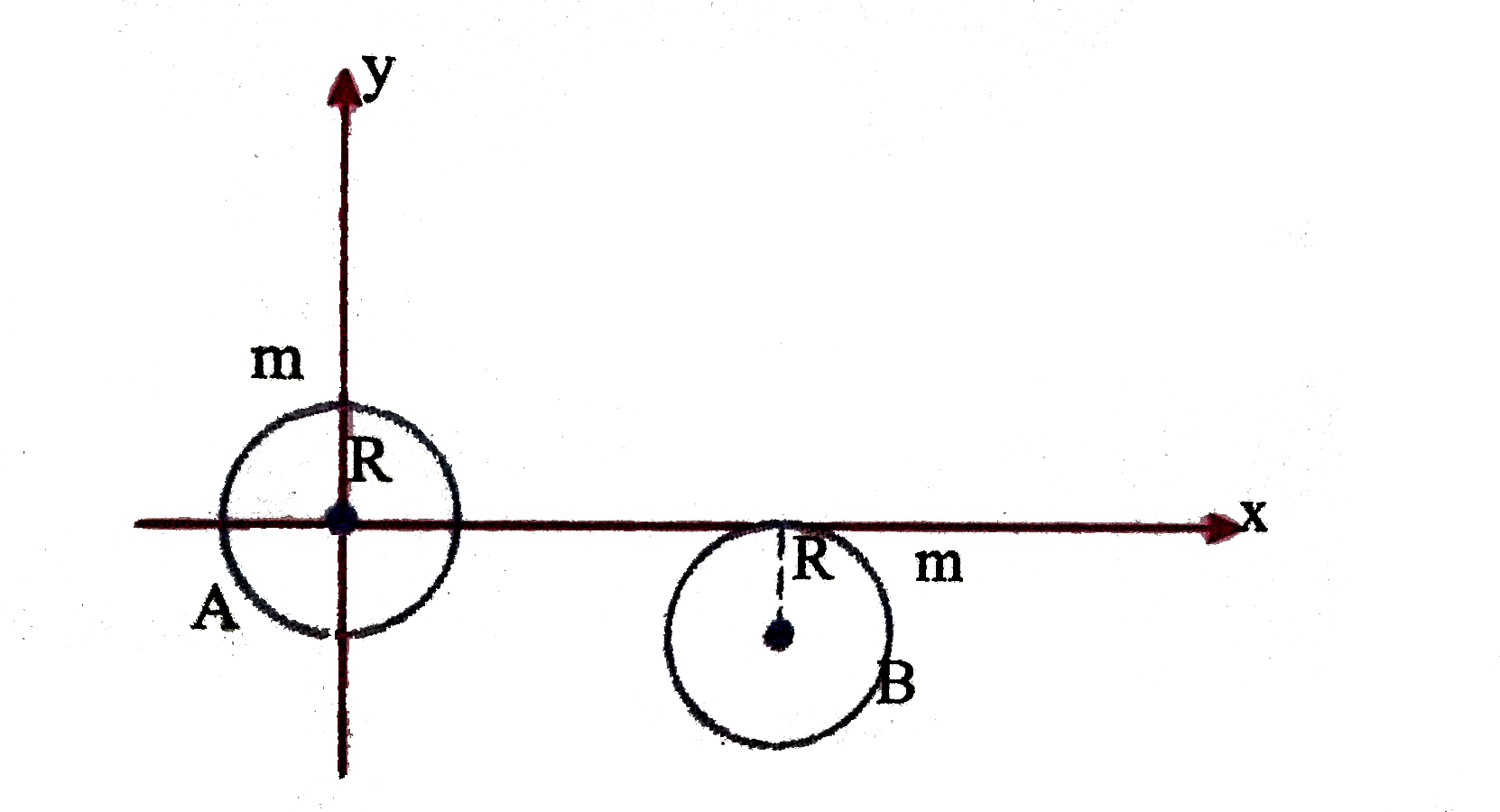
Impluse of the force exerted by 'A' on 'B' during the collision is equal to
Step by step video & image solution for Two smooth balls A and B, each of mass m and radius R, have their centres as shown in fig. Ball A, moving along positive x-axis, collides with ball B. Just before the collision, speed of ball 'A' is 4m//s and ball 'B' is stantionary. The collision Impluse of the force exerted by 'A' on 'B' during the collision is equal to by Physics experts to help you in doubts & scoring excellent marks in Class 11 exams.
Topper's Solved these Questions
- BOOK - ANURAG MISHRACHAPTER - IMPULSE AND MOMENTUMEXERCISE - Level 1110videos
IMPULSE AND MOMENTUM
- BOOK - ANURAG MISHRACHAPTER - IMPULSE AND MOMENTUMEXERCISE - L-221videos
IMPULSE AND MOMENTUM
- BOOK - ANURAG MISHRACHAPTER - IMPULSE AND MOMENTUMEXERCISE - matching3videos
IMPULSE AND MOMENTUM
- BOOK - ANURAG MISHRACHAPTER - FORCE ANALYSISEXERCISE - Matching type13videos
FORCE ANALYSIS
- BOOK - ANURAG MISHRACHAPTER - RIGID BODY MOTIONEXERCISE - MATCH THE COLUMN12videos
RIGID BODY MOTION
Similar Questions
The figure below shows three identical balls A , B and C. Initially , the baiis B and C are at rest and the ball A while moving with a veiocity v, collides with ball B. if the collision is perfectiy elastic , then after the collision
 View Solution
View SolutionTwo smooth balls A and B, each of mass m and radius R, have their centers at (0, 0, R) and at (5R, -R, R) respectively, in a coordinate system as shown. Ball A, moving along positive x axis, collides with ball B. Just before the collision, speed of ball A is 4m/s and ball B is stationary. The collision between the ball is elastic.

Impulse of the force exerted by A and B during the collision, is equal toView Solution
Knowledge Check
- Question 1 - Select One
Two smooth balls A and B, each of mass m and radius R, have their centres as shown in fig. Ball A, moving along positive x-axis, collides with ball B. Just before the collision, speed of ball 'A' is 4m/s and ball 'B' is stantionary. The collision
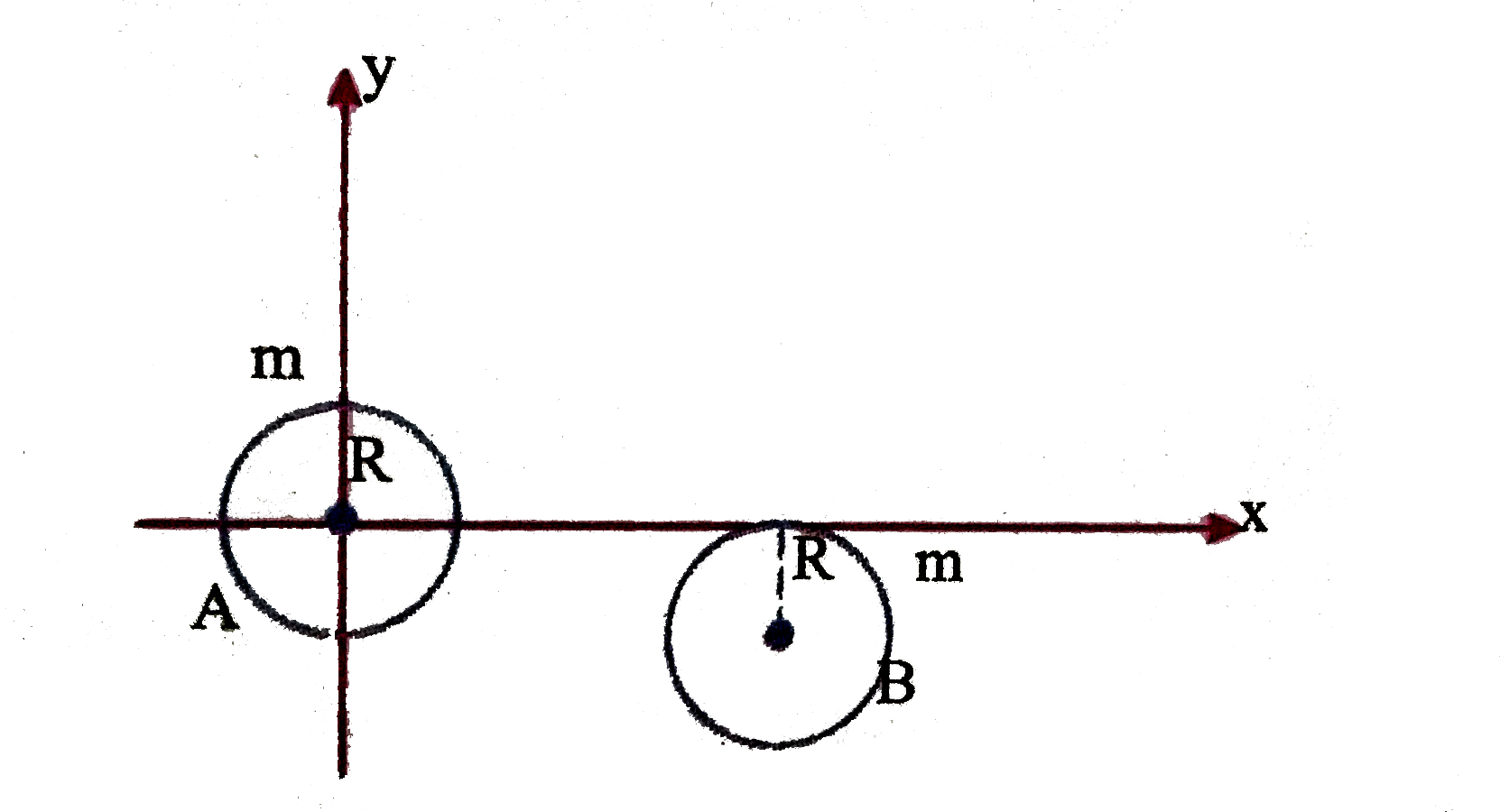
Velocity of the ball 'A' just after the collision isA(i+√3ˆj)m/sB(i−√3ˆj)m/sC(2i+√3ˆj)m/sD(2i+2ˆj)m/s - Question 2 - Select One
Two smooth balls A and B, each of mass m and radius R, have their centres as shown in fig. Ball A, moving along positive x-axis, collides with ball B. Just before the collision, speed of ball 'A' is 4m/s and ball 'B' is stantionary. The collision
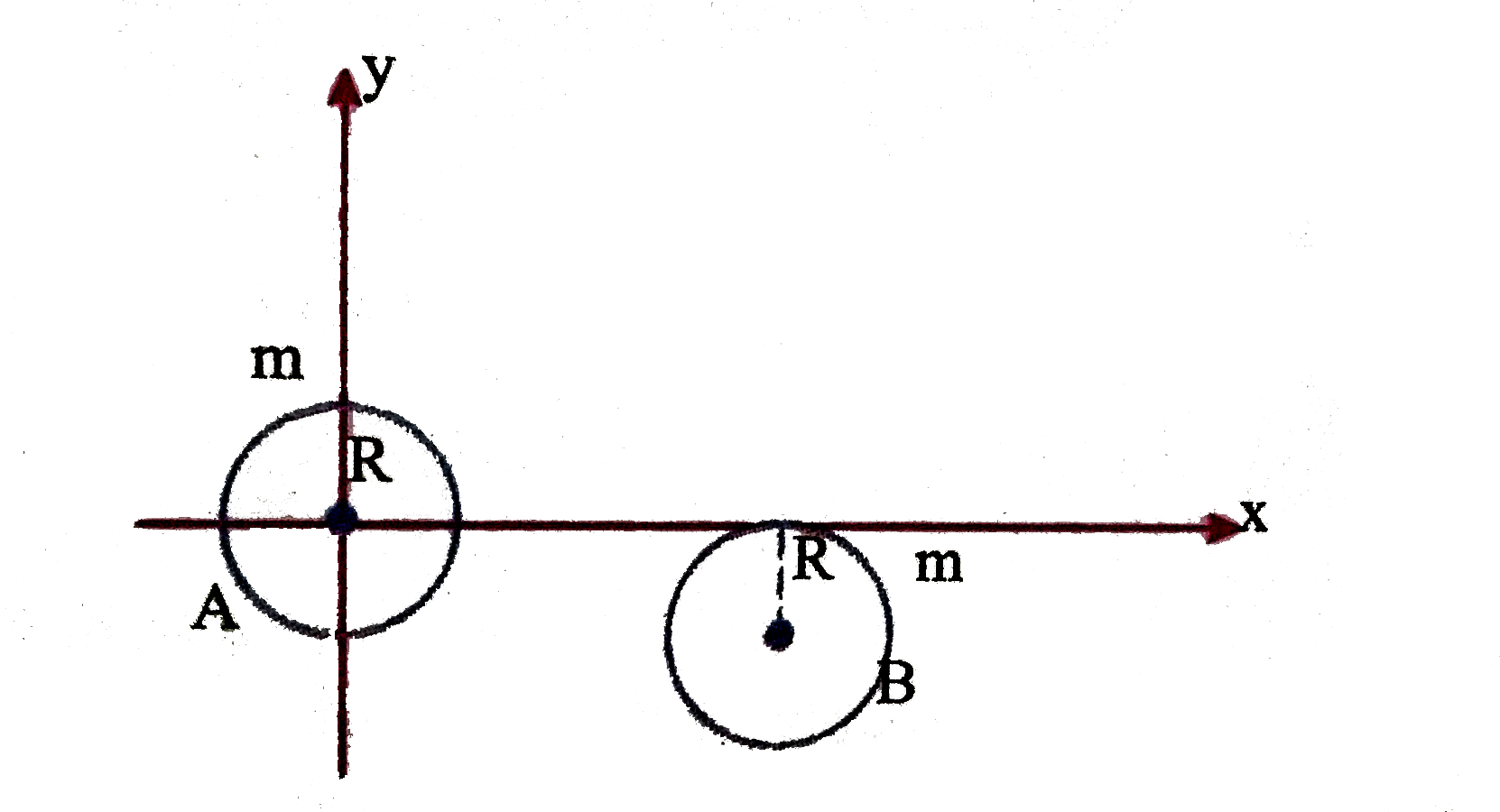
What is velocity of ball 'B' after collision isA(3ˆi−√3ˆj)m/sB(2√3ˆi−2√3ˆj)m/sC(2ˆi−2√3ˆj)m/sD(√3ˆi−√3ˆj)m/s - Question 3 - Select One
Two smooth balls A and B, each of mass m and radius R, have their centres as shown in fig. Ball A, moving along positive x-axis, collides with ball B. Just before the collision, speed of ball 'A' is 4m/s and ball 'B' is stantionary. The collision

Coefficient of restitution during the collision is changed to 12, keeping all other parameters unchanged. What is the velocity of the ball 'B' after the collision.A12(3√3ˆi+9ˆj)m/sB14(9ˆi−3√3ˆj)m/sC(6ˆi+3√3ˆj)m/sD(6ˆi−3√3ˆj)m/s
Two smooth balls A and B, each of mass m and radius R, have their centre at (0,0,R) and (5R,-R,R) respectively, in a coordinate system as shown. Ball A, moving along positive x-axis, collides with ball B. Just before the collision, speed of ball A is 4m/s and ball B is stationary. The collision between the balls is elastic. Velocity of the ball A just after the collsion is
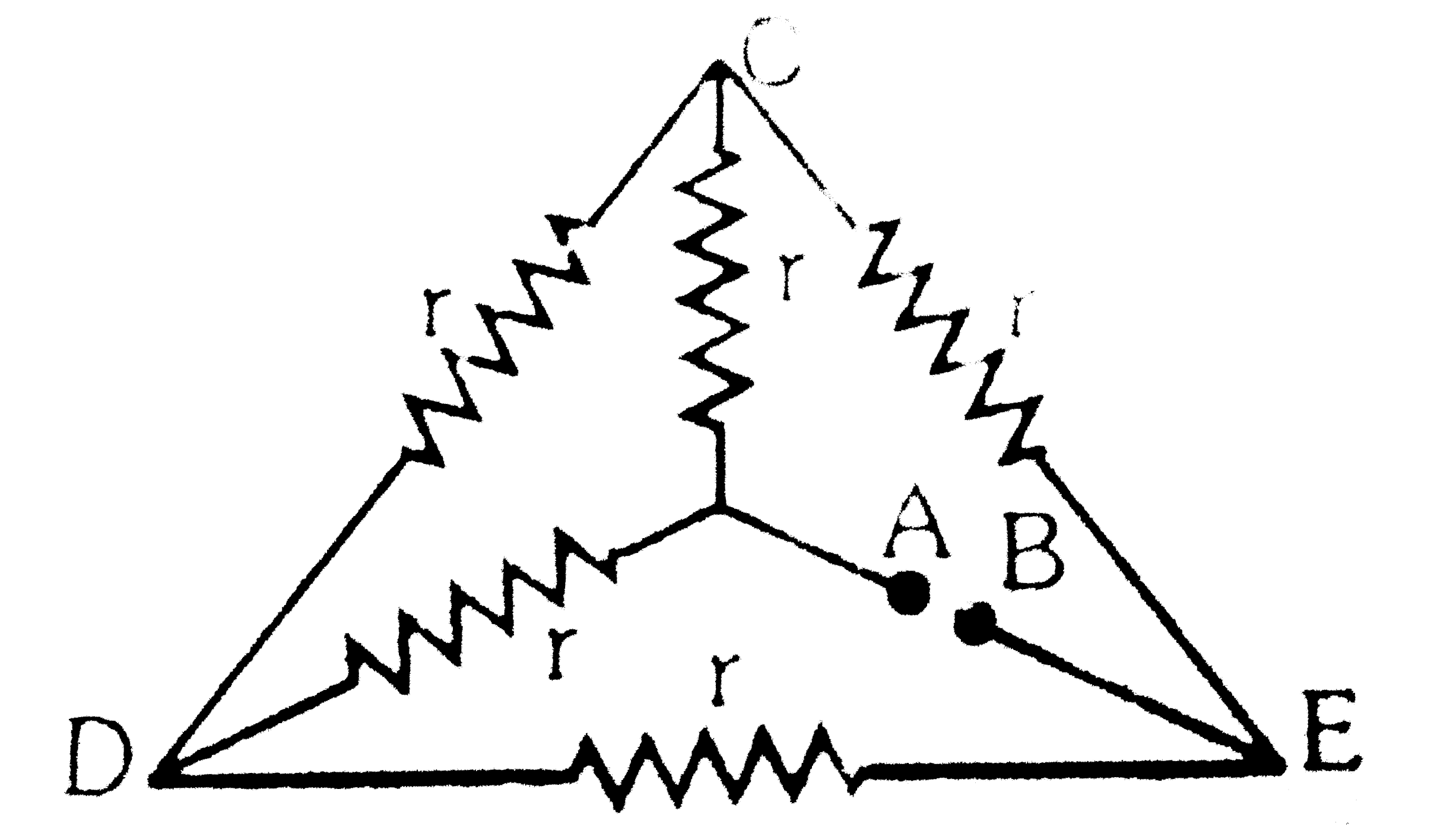 View Solution
View SolutionTwo identical balls A and B. each of mass 2kg and radius R, are suspended vertically from inextensible strings as shown in Fig. The third ball C of mass 1kg and radius r=(√2−1)R falls and hits A and B symmetrically with 10m/s. Speed of both A and B just after the collision is 3m/s.

Impulse provided by each sting during collision isView SolutionTwo identical balls A and B. each of mass 2kg and radius R, are suspended vertically from inextensible strings as shown in Fig. The third ball C of mass 1kg and radius r=(√2−1)R falls and hits A and B symmetrically with 10m/s. Speed of both A and B just after the collision is 3m/s.

speed of C just asfter collision isView SolutionTwo balls each of mass 'm' are moving with same velocity v on a smooth surface as shown in figure. If all collisions between the balls and balls with the wall are perfectly elastic, the possible number of collisions between the balls and wall together is
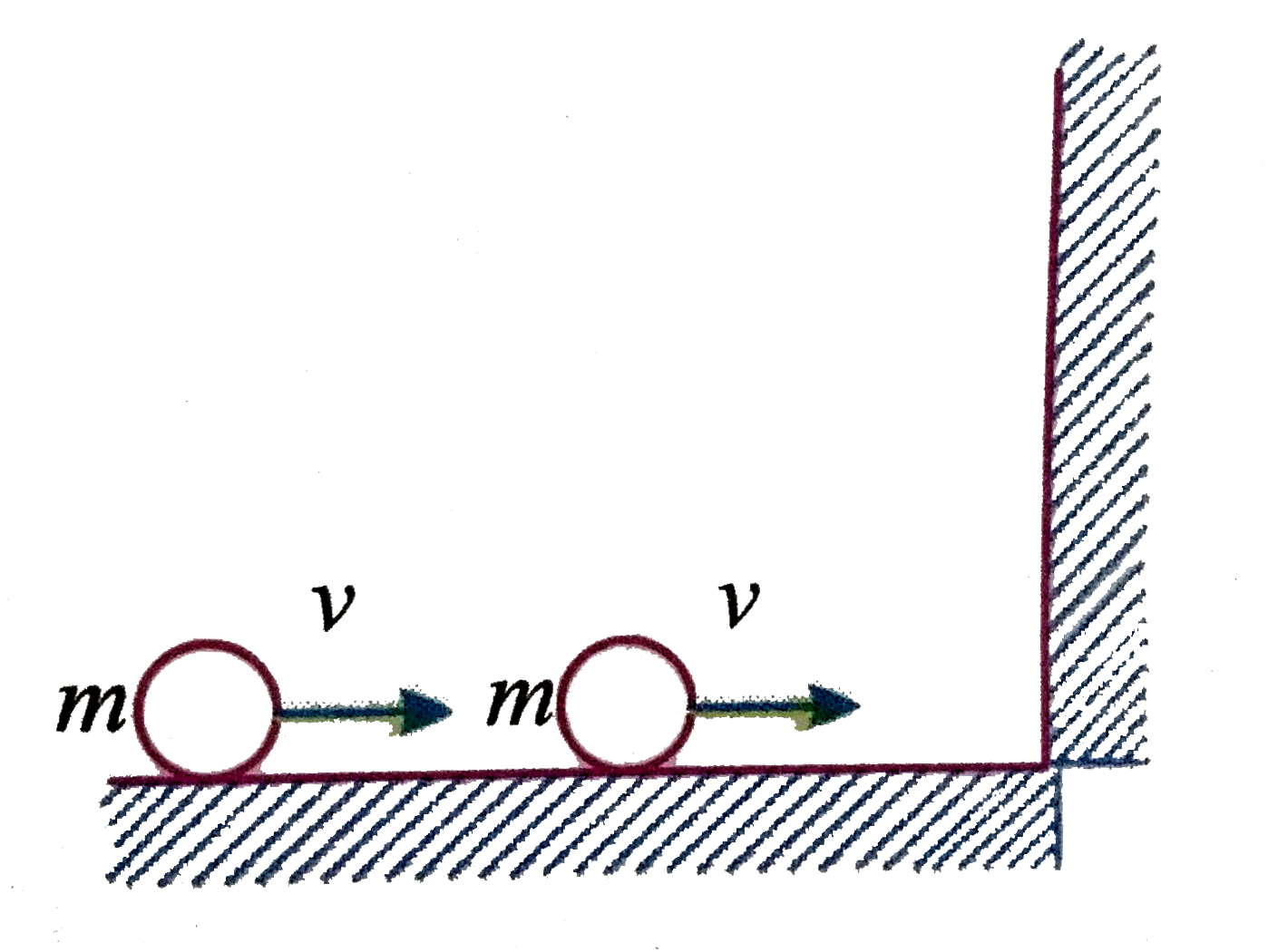 View Solution
View SolutionTwo balls each of mass 'm' are moving with same velocity v on a smooth surface as shown in figure. If all collisions between the balls and balls with the wall are perfectly elastic, the possible number of collisions between the balls and wall together is
 View Solution
View Solution

